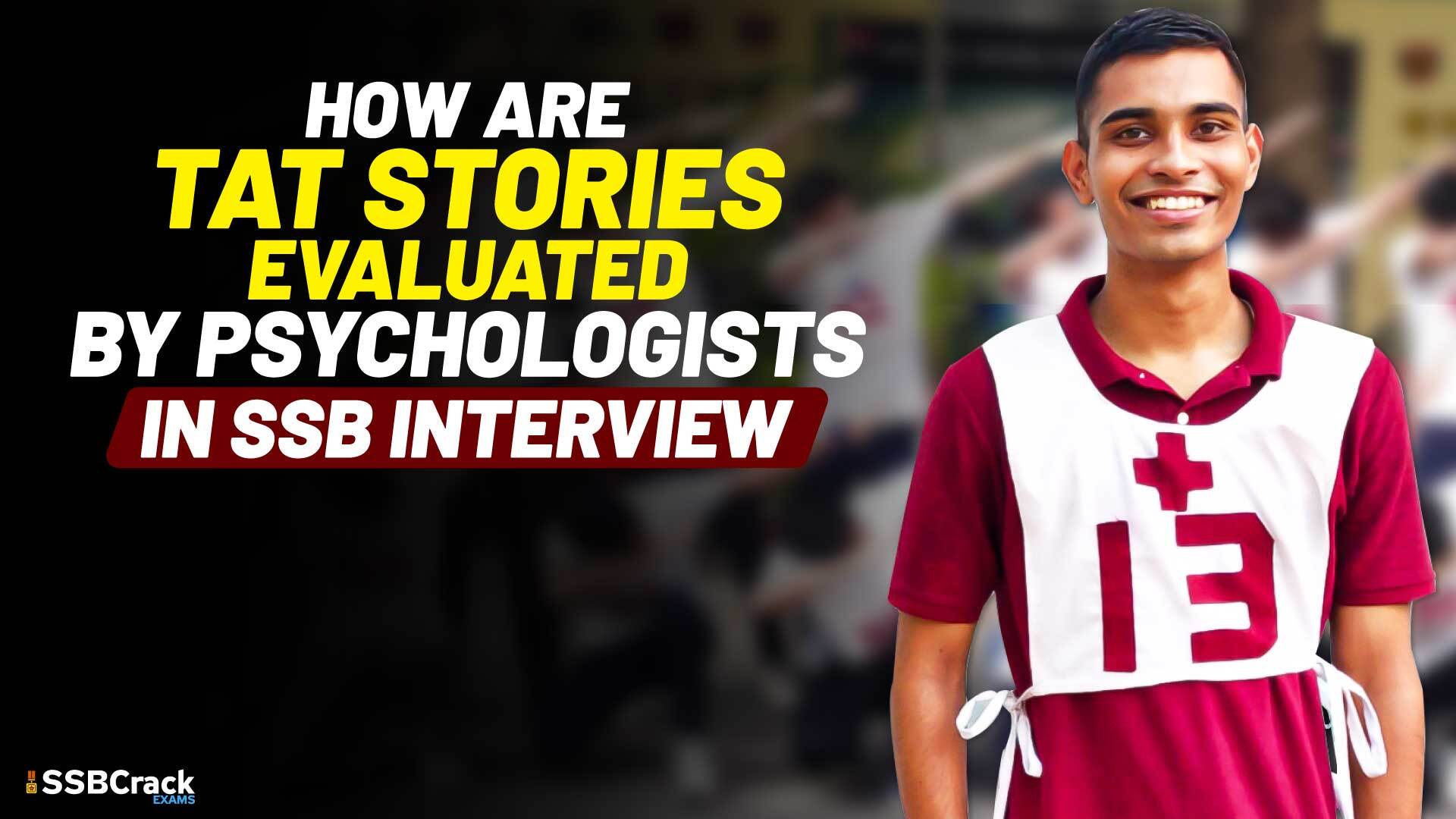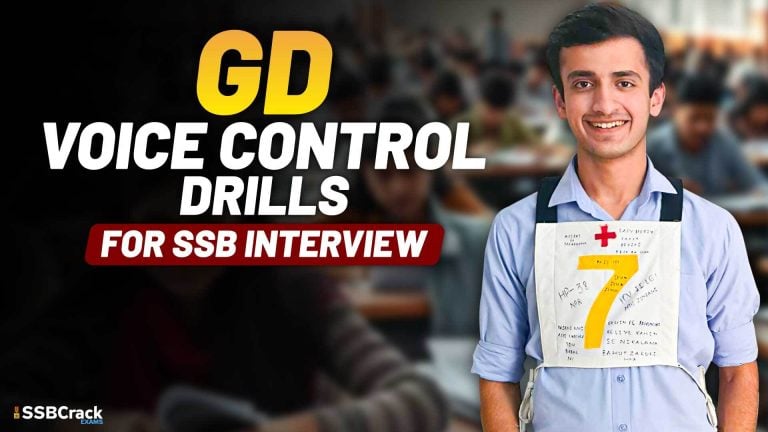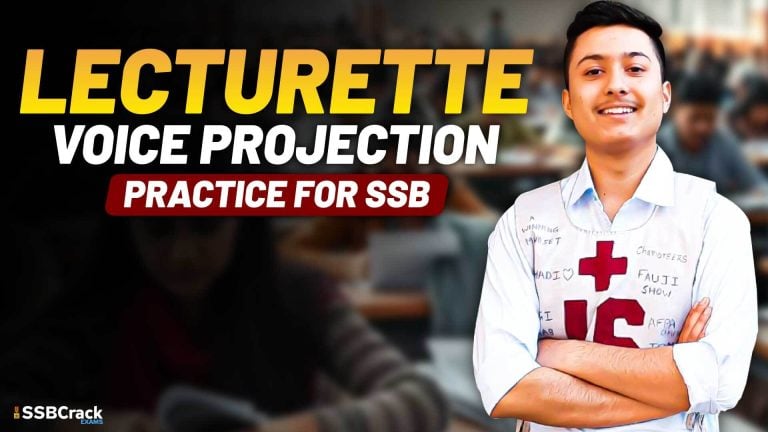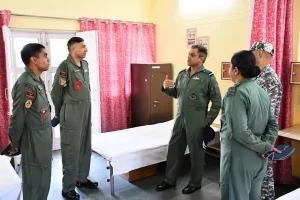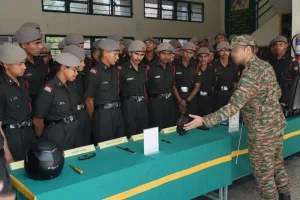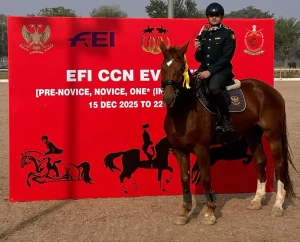Thematic Apperception Test (TAT) is a projective psychological test that is widely used in the context of Service Selection Board (SSB) interviews for military officer selection. Psychologists use TAT stories to gain insights into a candidate’s personality, thought processes, emotional responses, and leadership potential. The evaluation of TAT stories involves several key aspects:
1. Themes and Motifs:
- Psychologists analyze the themes and motifs present in the stories. These include recurring patterns, symbols, and images that may indicate underlying psychological processes.
2. Emotional Tone:
- The emotional tone of the stories is a crucial element in evaluation.
- Psychologists assess the range and intensity of emotions expressed in the narratives, looking for signs of emotional intelligence, empathy, and the ability to handle challenging situations.
3. Adaptability and Problem-Solving:
- TAT stories provide a window into a candidate’s problem-solving abilities and adaptability.
- Psychologists evaluate how candidates approach challenges presented in the images, looking for creative solutions, flexibility, and a positive orientation.
4. Leadership Qualities:
- Leadership potential is a key focus in the evaluation of TAT stories.
- Psychologists assess whether the stories reflect leadership qualities such as decisiveness, initiative, ability to influence others, and effective decision-making.
5. Interpersonal Relationships:
- The dynamics of interpersonal relationships within the stories are analyzed.
- Psychologists look for indicators of social awareness, collaboration, and the candidate’s understanding of human interactions.
6. Moral and Ethical Considerations:
- Ethical considerations within the stories are carefully examined.
- Psychologists evaluate whether the candidate’s decisions and actions in the stories align with moral values, integrity, and a sense of responsibility.
7. Consistency and Coherence:
- The overall consistency and coherence of the stories are assessed.
- Psychologists look for a logical flow of events, consistency in character portrayal, and a coherent structure that reflects organized thinking.
8. Response to Ambiguity:
- TAT images are deliberately ambiguous, and psychologists assess how candidates handle ambiguity.
- The ability to construct meaningful narratives in the absence of clear details can provide insights into a candidate’s cognitive flexibility and adaptability.
9. Time Management:
- The time taken to respond to the TAT is considered.
- While candidates are expected to respond promptly, the time taken is evaluated in relation to the complexity of the story, providing insights into time management skills.
10. Individual Differences: – Psychologists recognize and account for individual differences in storytelling styles. – The evaluation considers the unique aspects of each candidate’s personality and narrative approach.
11. Cultural Sensitivity: – TAT stories may be influenced by cultural factors. – Psychologists consider cultural nuances that may affect the interpretation of images and the content of narratives.
Conclusion:
The evaluation of TAT stories by psychologists is a multifaceted process that involves a comprehensive understanding of human behavior, personality dynamics, and leadership attributes. By carefully analyzing themes, emotions, problem-solving approaches, and interpersonal dynamics within the stories, psychologists aim to construct a detailed and nuanced profile of the candidate. This information is crucial for assessing a candidate’s suitability for military leadership roles and responsibilities.
